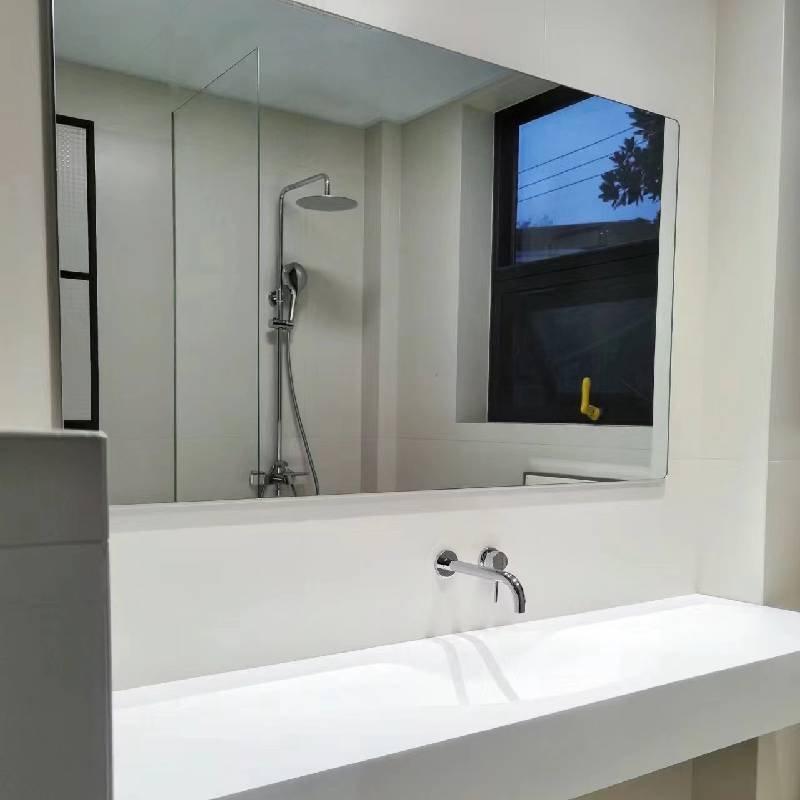

The Enigma of One-Way Mirror Glass
One-way mirror glass, often called one-way glass or two-way mirror, is a fascinating material that plays a significant role in various fields, from psychology to security. Its most intriguing feature is that it appears reflective on one side and transparent on the other, creating an illusion that has both practical uses and ethical implications.
Understanding One-Way Mirror Glass
At its core, one-way mirror glass is a type of coated glass that allows light to pass through from one side while reflecting it on the other. This unique characteristic is achieved by applying a thin metallic coating to the glass surface. When the lighting conditions are right, the darker side reflects light, making it appear like a mirror, while the lighter side allows visibility. This property is why such glass is often used in interrogation rooms, observation posts, and tactical environments, where discretion is needed.
Applications in Various Fields
1. Security and Surveillance One of the most common uses of one-way mirror glass is in surveillance. In police interrogation rooms, law enforcement officers can observe suspects without being seen, allowing for a clearer insight into their behavior and demeanor. Similarly, security forces utilize one-way mirrors in tactical operations to monitor situations without revealing their presence.
2. Psychology and Behavioral Studies In psychological studies, one-way mirror glass is used to observe participants’ natural behaviors without their knowledge. This method helps researchers gain unbiased data in experiments, especially when exploring social dynamics and interactions. The ability to watch from an unobtrusive vantage point can yield candid insights into behaviors that may otherwise be influenced by the presence of an observer.

3. Architecture and Interior Design Beyond its roles in security and research, one-way mirror glass is also used in architecture. Its aesthetic appeal and functionality make it an interesting choice for modern buildings and interiors. It allows for partitioning spaces while maintaining an open feel. In office buildings, for instance, such glass can create a sense of privacy without blocking natural light.
4. Smart Technology With the advent of smart glass technologies, one-way mirrors have evolved. Some modern iterations include dynamic glass that can change from transparent to opaque based on electrical input. This advancement enhances privacy while still allowing light penetration, making spaces more versatile and functional.
The Ethical Implications
While one-way mirror glass has numerous beneficial applications, it also raises ethical questions. The ability to observe individuals without their knowledge can lead to potential violations of privacy rights. In certain contexts, such as psychological experiments or police interrogations, the use of one-way mirrors can be ethically justifiable if participants have given informed consent. However, in cases where individuals are unaware of being observed, ethical dilemmas arise.
This discrepancy highlights the importance of regulating the use of one-way mirror glass. Institutions employing such technology should prioritize transparency and ethical practices, ensuring that their protocols respect individuals’ rights and autonomy. Public trust can be easily undermined when surveillance technologies are employed without adequate oversight or justification.
Conclusion
One-way mirror glass is a multifaceted material that offers both intriguing capabilities and important ethical considerations. Its role in enhancing security, conducting research, and innovative design is undeniable, yet it serves as a reminder of the delicate balance between observation and privacy. As technology continues to evolve, so too will the applications and implications of one-way mirror glass, making it a compelling subject for ongoing discussion and exploration. The challenge lies in harnessing its benefits while safeguarding the values of transparency and consent in our increasingly surveilled environment.